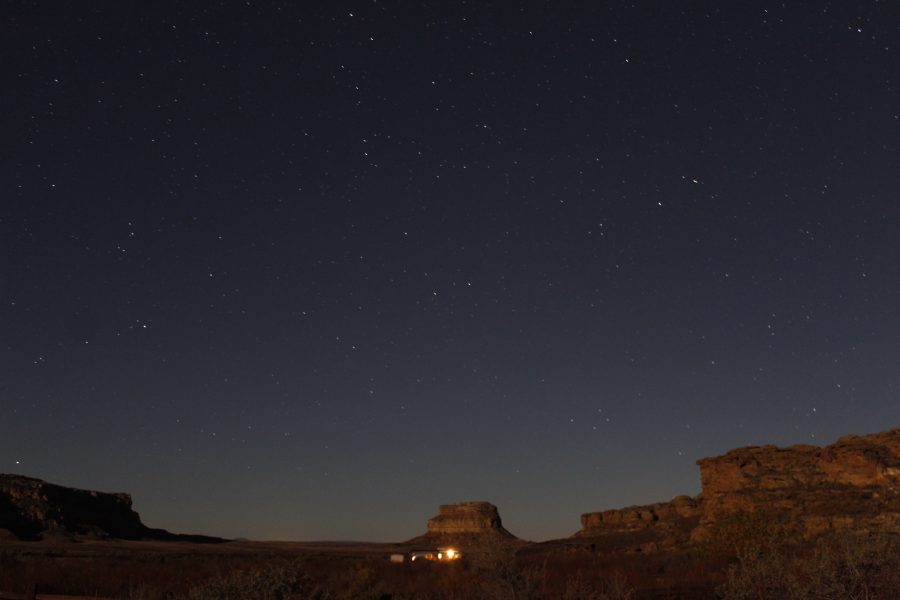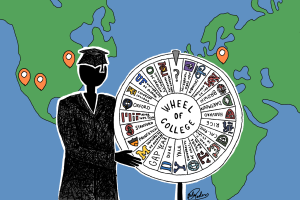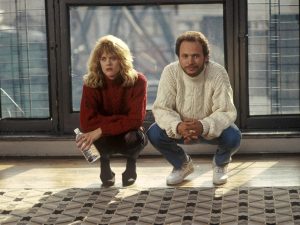Starting with a Bang!
November 4, 2015
For the 2015-2016 school year, a new combined science and history course was introduced, called History of the Universe (dubbed “Hot U” by some its students). This new class, open to all students within the 10/12 Division, is very different from most science and history courses. This course covers a history of the formation of the universe, as well as a history of the scientific discoveries that allowed us to reconstruct this history. “Our first unit is the Big Bang, talking about how the universe came to be, and following the formation of stars and galaxies, in particular our own,” Science Department faculty member Agustin Kintanar and teacher of the class said. “The next unit will deal with the history of Earth and the origin of life. I decided to combine those two into one unit because those events are so intertwined. In other words, without some events happening in the history of Earth, we would not have had life, so it made sense to study them together,” he said. After learning how life originated, students will study the evolution of life and man. Once they know about Homo sapiens, they will examine the rise of civilization and the science of the mind.
Currently, the class is on the first unit, reading from several books including “Cosmos” by Carl Sagan, “Big Bang” by Simon Singh, and “A Short History of Nearly Everything” by Bill Bryson. In addition, the class has just completed a project for which students are required to study and write about a topic they choose from this unit. Students have chosen a wide variety of topics, including dark matter, rocket propulsion, colliding galaxies, and supermassive black holes.
This class has been in the works for over two years, a collaboration between many science and history teachers. “About two years ago, Ms. Lipkowitz told a couple of the science faculty about a symposium in Lawrenceville school, based around a book about the same thing… how the universe came into being, how life came into being, et cetera. Mr. Fowler, Dr. Depperman, and [I] attended this conference, and we really liked what they had to present, but the book they were using and the angle they were taking was a little bit more religious and philosophical, and we wanted something a little bit more about science and history,” Kintanar said. “In summer 2014, we discussed the details of how this course would actually work … We met maybe four times during the summer, and we sort of hashed out what we wanted this course to look like; we wrote a report, and sent it to Ms. Lipkowi , and she approached me and asked if I would like to teach this course in the 2015 school year. My response was an enthusiastic yes,” he said.
Gallery: From October 29-31, the class took a trip to Chaco Canyon, where they observed the stars and explored ancient ruins.







